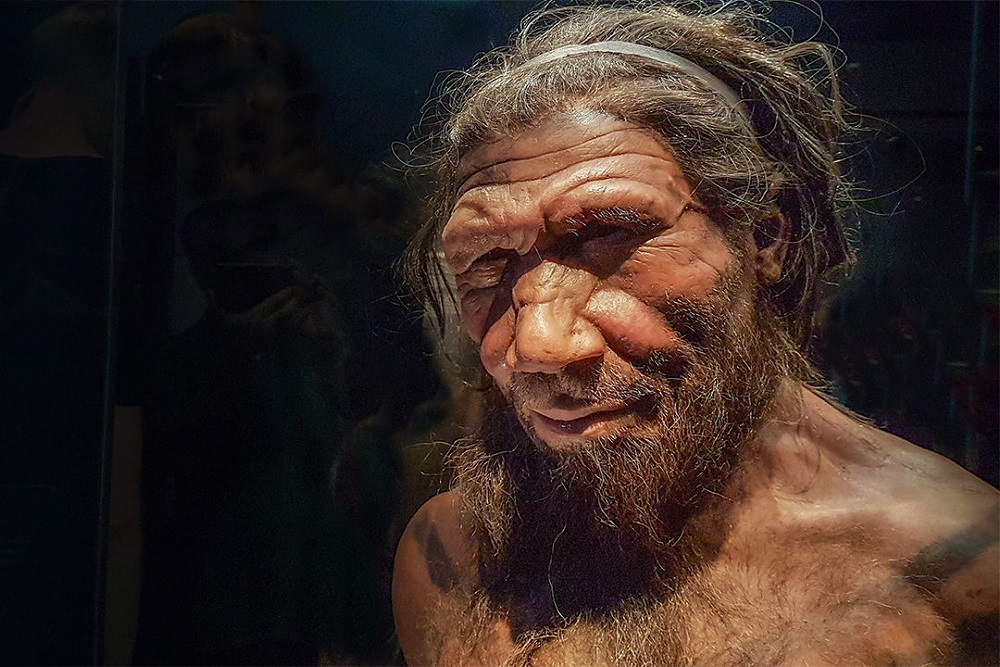According to the study published in the journal Cell, a wave of modern humans departed Africa far earlier than had been known, reportedly some 200,000 years ago.
This study invariably changes the narrative that people of African ancestry have little to no Neanderthal DNA, while non-Africans possesses 1 percent to 2 percent Neanderthal.
Using a new method to analyze DNA, a team of scientists has found evidence that significantly reshapes that narrative.
The new study suggests that all Africans have a substantially higher amount of Neanderthal DNA than earlier estimates.
Notably, the genes were first discovered in 2010, in a study of Neanderthal fossils, from DNA recovered from the bones. Researchers deduced that modern humans interbred with Neanderthals some 60,000 years ago, after leaving Africa.
The scientists also found compelling evidence that people living somewhere in western Eurasia moved back to Africa and interbred with people whose ancestors never left.
The authors explained:
The legacy of gene flow with Neanderthals likely exists in all modern humans, highlighting our shared history.
Debunked modern human hypothesis
Ten years ago, Dr. Reich and his colleagues gathered enough bits of DNA from fossils to create the first rough draft of the Neanderthal genome.
When the researchers compared it to the genomes of eight living people, they found that the Neanderthal was a little more similar to the people of Asian and European descent than to those of African heritage.
Roughly 60,000 years ago, the researchers argued, modern humans must have expanded from Africa and interbred with Neanderthals. The hybrid descendants passed their genes to later generations, which spread around the globe.
That hypothesis has held up well over the past decade, as paleoanthropologists have extracted more complete Neanderthal genomes from other fossils.
However, Joshua Akey, a geneticist at Princeton University who carried out some of these studies, grew dissatisfied with the methods used to look for Neanderthal DNA in modern humans.
Notably, the standard practice was built on the assumption that most Africans had no Neanderthal DNA at all.
IBDMix – modern DNA method
Dr. Akey and his colleagues figured out a new method, which they call IBDMix, that takes advantage of the fact that relatives share stretches of matching DNA.
He and his colleagues figured out how to search the DNA of living humans and remains of Neanderthals for these minuscule matching segments. Then they pinpointed the sections that came from a relatively recent ancestor and therefore were a sign of interbreeding.
The scientists searched 2,504 genomes of living humans for segments that matched those in a Neanderthal genome. When the scientists tallied up the results, the results took Dr. Akey by surprise.
The modern human genome is detailed in units called base pairs, about 3 billion such pairs in total. The scientists found that Europeans, on average, had 51 million base pairs that matched Neanderthal DNA, and East Asians had 55 million.
Notably, Africans on average had 17 million base pairs that matched Neanderthal DNA, far higher than predicted by the original models describing how humans and Neanderthals interbred.
Other geneticist reaction
Omer Gokcumen, a geneticist at the University at Buffalo, stated he believes it’s a fantastic study.
According to him, the research offers a view of human history almost as a spider web of interactions, rather than a tree with distinct branches.
David Reich, a geneticist at Harvard Medical School, also praised the study but said he had doubts about how extensive the flow of DNA back to Africa could have been.







